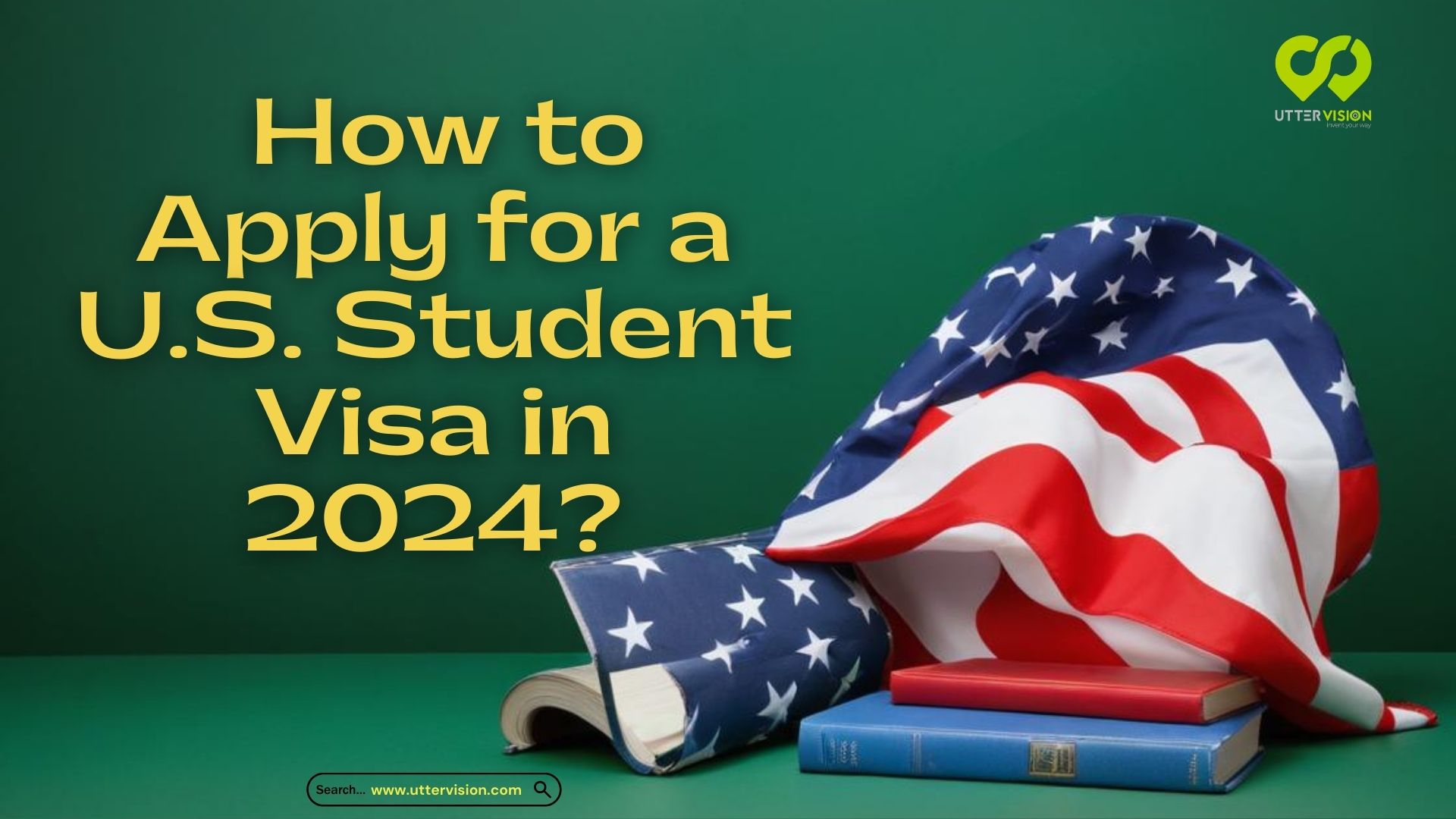
How to Apply for a U.S. Student Visa in 2024?
Are you dreaming of studying in the United States? Applying for a U.S. student visa can be a complex process, but with the right information and guidance, you can navigate it successfully. This blog post will answer common questions about how to apply for a U.S. student visa in 2024, outlining each step to help you get started. Whether you're planning to attend a university, college, or language program, understanding the visa application process is crucial to making your dream a reality.
1. What is a U.S. Student Visa?
A U.S. student visa is a non-immigrant visa that allows international students to enter the United States for educational purposes. There are two main types of student visas: the F-1 visa for academic studies and the M-1 visa for vocational or non-academic studies. The type of visa you need depends on the type of school and course of study you plan to undertake.
2. How Do I Choose the Right U.S. Student Visa?
-F-1 Visa: This is the most common type of student visa. It is issued to students who are enrolled in an academic program, such as a university or college, or an English language program.
-M-1 Visa: This visa is for students enrolled in vocational or technical programs. M-1 visa holders are not allowed to work during their studies.
Choosing the right visa type is the first step in the application process. Ensure that the institution you are applying to is accredited and authorized to enroll international students.
3. What Are the Requirements for a U.S. Student Visa?
To apply for a U.S. student visa, you must meet certain requirements, including:
-Acceptance by a SEVP-Approved School:
You must first be accepted by a school that is certified by the Student and Exchange Visitor Program (SEVP). Once accepted, you will receive a Form I-20, which is required for your visa application.
-Proof of Financial Support:
You must provide evidence that you have sufficient funds to cover your tuition and living expenses while in the United States.
-Intent to Return Home:
You need to demonstrate that you intend to return to your home country after completing your studies.
-Valid Passport:
Your passport must be valid for at least six months beyond your intended stay in the United States.
4. How Do I Apply for a U.S. Student Visa?
The application process involves several key steps:
a. Pay the SEVIS Fee:
Before applying for a visa, you must pay the SEVIS (Student and Exchange Visitor Information System) fee. This fee helps cover the costs of maintaining your information in the SEVIS database.
b. Complete the DS-160 Form:
The DS-160 is the online non-immigrant visa application form. You will need to fill out this form and submit it electronically. Be sure to print the confirmation page for your records.
c. Schedule a Visa Interview:
After completing the DS-160 form, you will need to schedule a visa interview at the U.S. embassy or consulate in your home country. Wait times for interviews can vary, so it's important to schedule early.
d. Gather Required Documents:
Prepare the necessary documents for your visa interview, including:
-A valid passport
-Form I-20 from your U.S. school
-DS-160 confirmation page
-SEVIS fee receipt
-Passport-sized photographs
-Financial documents proving you can support yourself during your stay
-Academic transcripts and test scores (if applicable)
e. Attend the Visa Interview:
During the interview, a consular officer will ask you questions about your study plans, your school, and your financial situation. Be honest and provide clear, concise answers. The officer will also take your fingerprints.
5. What Happens After the Visa Interview?
After the interview, the consular officer will decide whether to approve or deny your visa application. If approved, your passport with the visa will be returned to you, usually within a few days. If denied, the officer will explain the reason for the denial.
6.Can I Work While Studying in the U.S. on an F-1 Visa?
F-1 visa holders are allowed to work on-campus for up to 20 hours per week during the school year and full-time during school breaks. Off-campus employment is restricted and generally requires special authorization.
7. How Early Can I Enter the U.S. on a Student Visa?
You can enter the United States up to 30 days before the start date listed on your Form I-20. It's important not to enter earlier than this, as you may be denied entry.
Applying for a U.S. student visa in 2024 may seem daunting, but by following these steps and preparing thoroughly, you can increase your chances of success. Remember to start the process early, gather all required documents, and be well-prepared for your visa interview. Studying in the United States can open up a world of opportunities, and securing your visa is the first step towards achieving your academic goals.
Conclusion
Ready to start your journey towards studying in the United States? If you found this guide helpful, share it with others who are considering studying in the U.S., and don't forget to subscribe to our blog for more tips and updates on studying abroad!
For more Information about U.S Visas contact us on:
www.uttervision.com






